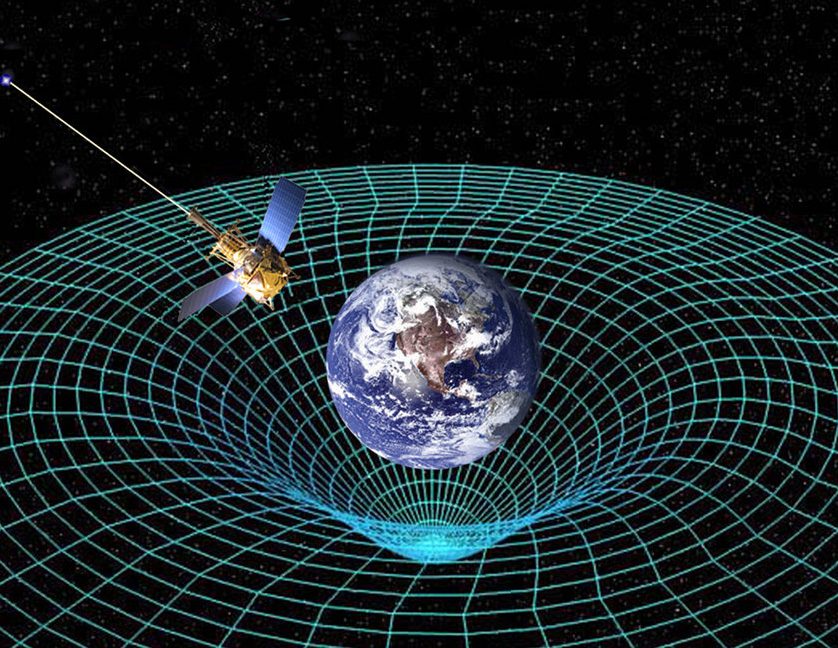I have often wondered if there was some connection between the effect of inertial forces and gravity. It is impossible to distinguish between what we experience when our bodies are being accelerated and that of the gravity force we feel during our sojourn on this earth. Similarly, the centripetal force we experience when we try to turn a corner when driving our car.
At the basis of this experience of this force that we feel when being accelerated is the reactive force we feel when applying a force to cause our acceleration. This has to do with the fact that we are increasing our kinetic energy and thus must apply energy to make it happen.
So, what is the connection between this acceleration force and gravity?
If we look at some mass sitting out in space and it lies in the vicinity of some superior mass and it is not moving or if moving is not being accelerated then what is causing the attraction of this mass to the superior mass and how is it connected to acceleration?
I suggest that this smaller mass is actually moving in the fourth dimension, as we all are, and this fourth dimension is time. We are so accustomed to moving in time that we do not see it as a distinct phenomenon. If we consider that a mass is actually creating a dilation, or shortening of time, then let us consider that there is a deceleration of our velocity of travel in time as we come closer to this superior mass.
We are very used to the following equation which expresses the force that occurs as the result of acceleration or deceleration.
F = ma, where F = the force, m = our mass and a is the acceleration or deceleration. This equation has always typically been applied to the three (3) dimensions of space.
How might this look for acceleration in regard to the time dimension.
I offer the following formula for consideration. I admit that I have not derived this from first principles, so criticism that I am just inventing something to fit the situation is justified. However, bear with me for a few more lines of thought.
F = m(c^2/R)*(Tm/ TM-1)) Where F = force on mass m, c = velocity of light, Tm = time at mass m, TM = time at superior mass and R = distant from superior mass to our mass in question.
Tm/ TM-1 = time dilation factor between mass M and mass m.
Tm/ TM = 1/(1-2GM/(Rc^2))^.5 where G = gravitational constant
It is known that 1/(1-x)^.5 can be represented by the binomial expansion as follows:
1/(1-x)^.5 = 1+x/2+3/8*x^2+5/16*x^3+….
For all intents and purposes the numbers past x/2 contribute very little to the final result and thus 1/(1-x)^.5 can be approximated by x/2 or GM/(Rc^2).
Thus, for all practical purposes we can rewrite our earlier time acceleration equation as follows:
F = m(c^2/R)*GM/(Rc^2) or GmM/R^2 which is our familiar Newtonian gravitational equation.
I obviously have not offered any rigorous proof of what I am suggesting, and I leave this for others to consider.
In the end I am suggesting that gravity is not some extra force, but really an extension of a concept of a force due to acceleration, but in the time dimension and not in the spacial dimension that we are more familiar with.




